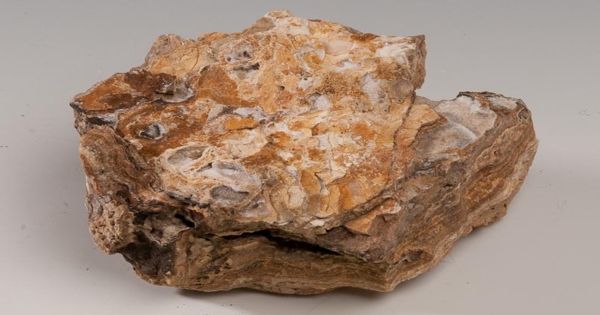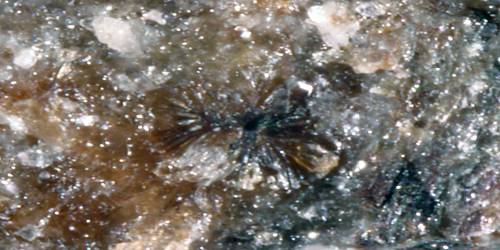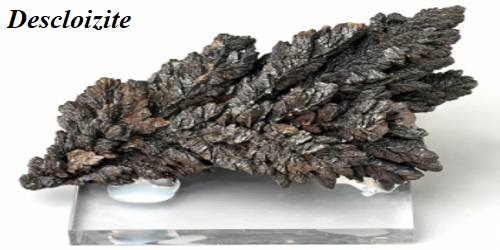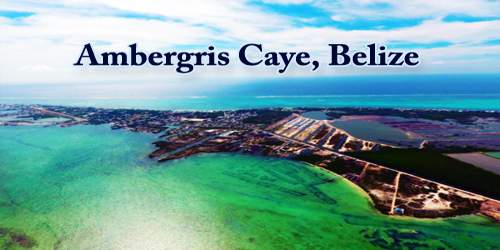Ikaite is the mineral name for the hexahydrate of calcium carbonate, CaCO3·6H2O. It is a saline evaporite, consisting of hydrated calcium carbonate, found in cold marine waters. It is usually considered a rare mineral, but this is likely due to difficulty in preserving samples. It was first discovered in nature by the Danish mineralogist Pauly in the Ikka (then spelt Ika) fjord in southwest Greenland, close to Ivigtut, the locality of the famous cryolite deposit.
This ‘melting mineral’ is more commonly known through its pseudomorphs.
General Information
- Category: Carbonate mineral, hydrous carbonates subgroup
- Formula: CaCO36H2O
- Crystal system: Monoclinic
- Crystal class: Prismatic (2/m) (same H-M symbol)
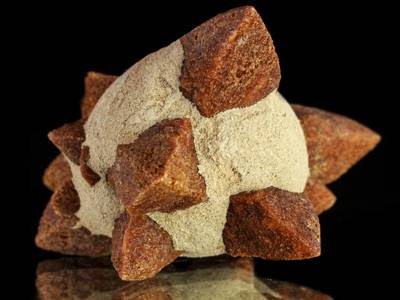
Fig: Ikaite
Properties
Ikaite tends to form very steep or spiky pyramidal crystals, often radially arranged, of varied sizes from thumbnail size aggregates to gigantic salient spurs. It is only found in a metastable state and decomposes rapidly by losing most of its water content once removed from the near-freezing water.
- Color: White when pure
- Crystal habit: Nearly square prism
- Mohs scale hardness: 3
- Luster: Dull
- Streak: White
- Specific gravity: 1.83
- Optical properties: Biaxial (-)
Occurrence: Forms in seawater and lake water in anerobic, organic-rich periglacial and glaciomarine environments near 0 ◦C, readily converting to calcite at higher temperatures.
Here ikaite occurs in truly spectacular towers or columns (up to 18 m or 59 ft tall) growing out of the fjord floor towards the surface water, where they are naturally truncated by waves, or unnaturally by the occasional boat. At the Ikka Fjord, it is believed that the ikaite towers are created as the result of a groundwater seep, rich in carbonate and bicarbonate ions, entering the fjord bottom in the form of springs, where it hits the marine fjord waters rich in calcium. Ikaite has also been reported as occurring in high-latitude marine sediments at Bransfield Strait, Antarctica; Sea of Okhotsk, Eastern Siberia, off Sakhalin; and Saanich Inlet, British Columbia, Canada.
There is strong evidence that some of these marine deposits are associated with cold seeps. Ikaite has also been reported as a cryogenic deposit in caves where it precipitates from freezing carbonate-rich water.
Information Source:

